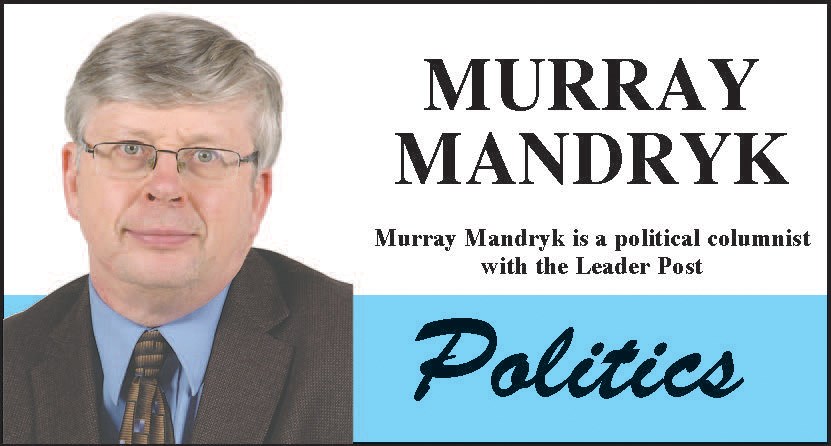There are clearly differences between rural voters and urban votes in this province.
But as we approach the provincial election this fall, it鈥檚 worth recognizing that the gap between the two may not be quite as big as you think ... at least, not when comes to how they are likely to vote.
Support for the Saskatchewan Party government is so widespread and so solid in both the cities and the countryside that it would take nearly unprecedented swings to see the NDP win enough seats to take power on Oct. 26.
Yes, the Sask. Party鈥檚 path to victory is still largely due to its overwhelming support in rural Saskatchewan where it won in all 29 seats in 2016 by securing at least 50 per cent of the popular vote. It often won these rural seats with, 60- 70- and as much as 80 per cent of the popular vote, making them virtually untouchable.
But what sometimes gets lost is how strong the Sask. Party actually is some city seats.
The 2020 election results are just not going to look like the 1986 or 1999 or 2003
Saskatchewan elections when city people nearly exclusively voted for New Democrats and rural folk voted for Progressive Conservatives and then Sask. Party 小蓝视频s.
Today, there are Sask. Party city seats like Saskatoon Willowgrove that Ken Cheveldayoff won in 2016 by 4,407 votes or Saskatoon-Dakota-Stonebridge that 小蓝视频 Bronwyn Eyre win by 4,284 votes.
Never in the history of the province have we seen a seat in which one party won a seat by as many as 4,200 votes in one election and then turned around and lost it in the next election.
City seats like this provide a much clearer picture why it鈥檚 so an NDP win is a near impossibility.
聽In order for the NDP to take power by winning the required 31 seats needed for a majority in the 61-seat legislature, its current 13-member caucus needs to pick up a whopping 18 seats (and not lose any).
It is possible. It did happen before when we saw massive swings like in 1982 when Grant Devine鈥檚 Progressive Conservatives picked up 38 seats. Even in 1986 after the Devine landslide, the NDP rebounded with 17 additional seats聽 - not enough to form government, but nevertheless proof that massive swings are possible.
But the big difference in 2020 is that opinion polls showing the incumbent government to be consistently 25- to 30-percentage points ahead of the NDP in the polls indicate there is no appetite for big change.
And even more critically, most of incumbent Sask. Party 小蓝视频s (or those Sask. Party 小蓝视频s inheriting a government seat from a retiring incumbent) are running with seats with huge margins of victory.
During the next few weeks, you will read and hear a lot about a half dozen seats that have potential to change because news outlets focus on what鈥檚 likely change.
But what gets lost is that most of those 18 seats weren鈥檛 close enough in 2016 for the NDP to take a realistic run at power.
There were only 10 seats in the province where the Sask. Party won by less than 900 votes聽 - all of which are in Regina and Saskatoon.
Turning around even a 900-vote loss from the previous election is relatively rare.
But if the NDP were to win the needed 18 seats, it would have to take seats like Saskatchewan Rivers it lost by 2,500 votes in 2016.
Again, it鈥檚 possible. In 1982, the PCs overcame 2,500-vote losses from the previous election four times. In 1986, the NDP overcame 2,500-vote losses in seven ridings.
But with polls in 2020 show no such volatility, there just doesn鈥檛 seem to be a realistic path to victory for the NDP.
Murray Mandryk has been covering provincial politics since 1983.




